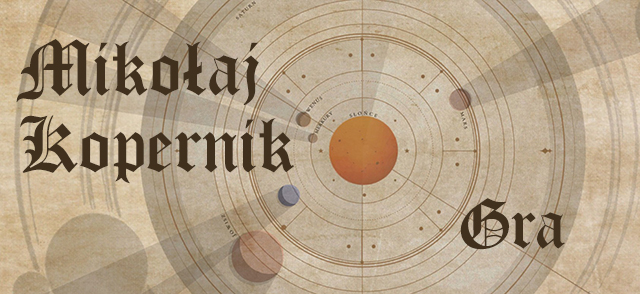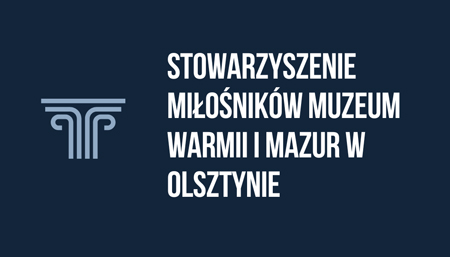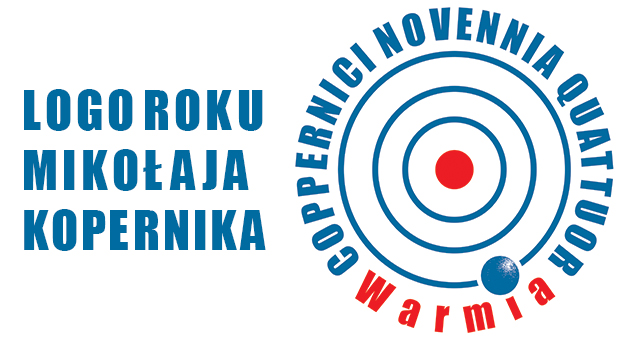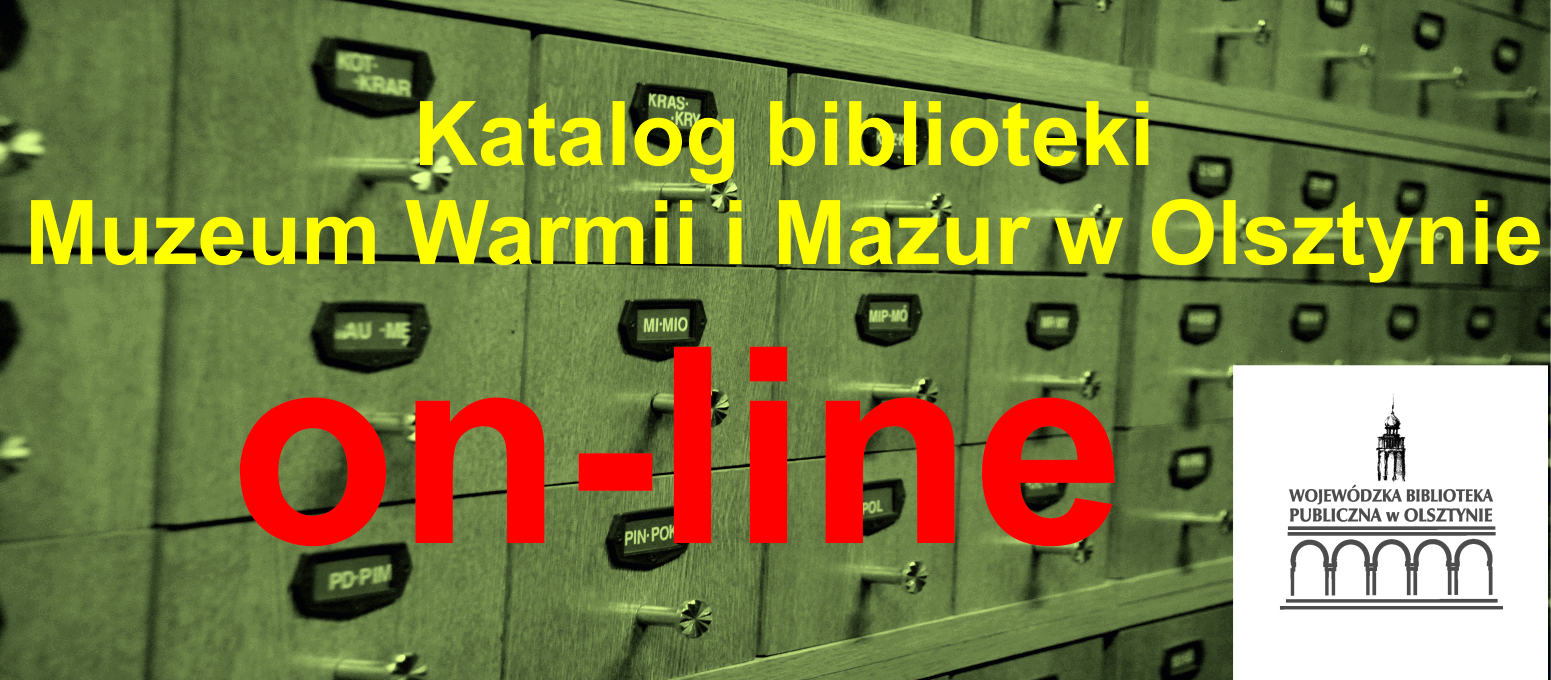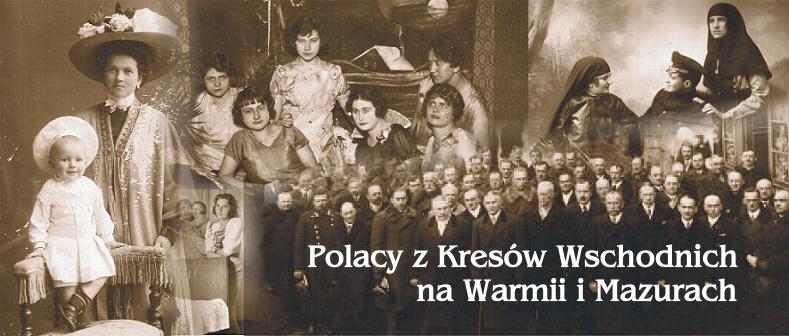The successful completion of the project “Emergency conservation works on galleries of Lidzbark Castle” allowed the outlining of the key revitalisation needs for the entire castle complex. Research hypotheses were verified one by one, aiming at optimal preparation of the subsequent revitalisation stages. The uncovered paintings were the subject of discussions at an international seminar with participation of employees of the Czech Academy of Sciences who confirmed the closeness of the Lidzbark and Czech paintings (particularly of the Emmaus Monastery, the Cathedral in the Castle District (Hradcany) of Prague and the Karlstejn Castle). Their common characteristics include artistic skills and formal elements as well as physicochemical parameters of the materials used. Continuous monitoring of the atmospheric conditions in the open gallery was also conducted. The castle itself also became the subject of analyses and architectonic studies that culminated in the defence of a doctoral dissertation at the Warsaw University of Technology.
The interdisciplinary team responsible for conducting necessary analyses concerning the conservation and refurbishment works in the castle, as well as other elements that were to be included in the scope of the subsequent stages of restoring the greatness of the Lidzbark residence, was established at the Museum of Warmia and Mazury in Olsztyn. This team was responsible for drafting the bills of costs, designs, market analyses, obtaining permits and lodging the application forming the basis for another Norwegian project. The works of the team ended with the development of the programme of revitalisation of the historical seat of the bishops. The most important components of it formed the second stage that was given the title of the “Conservation and restoration of the 14th c. castle in Lidzbark Warmiński – a pearl of gothic architecture in Poland”.
The second stage of works in the castle of the Bishops of Warmia focuses on improving the infrastructure of the priceless monument, performance of the most urgent installations and refurbishment works and the continuation of the work on the priceless galleries and their exceptional decorations.
Within the frameworks of the project, refurbishment of the roofs of four wings of the castle, the corner towers and the main castle tower was included. In addition, the fronts of the castle, the small towers and the octagonal part of the main tower will be subject to conservation. Conservation and restoration works on the walls and vault of the first floor of galleries will be continued. The following networks and installations will be replaced: water distribution and sewers, fire protection and central heating. The power supply and lightning protection installations will be modernised. Intelligent lighting will be installed within the space of the galleries. Two levels of cellars in the northern wing will be adapted for exhibition purposes. Modernisation works on the external water and sewers networks, precipitation waters drainage network as well as drainage of the entire castle will be conducted. Archaeological surveys and architectonic works will accompany drainage works and works on the fronts.
The museum exhibition on the history of the castle’s construction will be located in the refurbished cellars of the northern wing. The inventory of the entire castle in the form of a cloud of points (3D) will be taken. Virtual sightseeing paths will be developed for parts of the castle.
For the duration of the works, the collections stored there will be evacuated from the castle. A temporary warehouse offering suitable climate and infrastructural conditions will be prepared for appropriate protection of those collections. The monuments will receive appropriate care during both transport and storage at the temporary warehouse. The pieces belonging to the collection of monumental furniture that are threatened the most by the operation will be subject to complete conservation. New equipment will be purchased to upgrade the cultural and educational offering of the museum. Continuation of the castle refurbishment and conservation works, which will allow the castle to be preserved for the future generations, is the idea behind the planned activities. Project implementation will allow the opening of new spaces for exposition and educational purposes. This will not only improve the quality of what the Branch of the Museum of Warmia and Mazury functioning in the castle has to offer but will also increase the tourist and cultural potential of Lidzbark Warmiński. The refurbishment and conservation works, as well as increasing the exhibition space, will translate into the preparation of new cultural and educational activities addressed to a wide group of recipients, including socially excluded and disabled persons. The activities will also contribute to increasing the potential of the local community.
Project implementation will slow down deterioration of the priceless substance of Lidzbark castle, improve access to the venue and improve the standard of collections presented there. The risks resulting from failures of networks and installations will be minimised. All this will translate into improving the quality of storage of museum collections and conservation of movable objects. The gallery paintings will be subjected to conservation and their composition will be made more legible. New exhibition spaces will allow for better presentation of the castle history.

The interdisciplinary team responsible for conducting necessary analyses concerning the conservation and refurbishment works in the castle, as well as other elements that were to be included in the scope of the subsequent stages of restoring the greatness of the Lidzbark residence, was established at the Museum of Warmia and Mazury in Olsztyn. This team was responsible for drafting the bills of costs, designs, market analyses, obtaining permits and lodging the application forming the basis for another Norwegian project. The works of the team ended with the development of the programme of revitalisation of the historical seat of the bishops. The most important components of it formed the second stage that was given the title of the “Conservation and restoration of the 14th c. castle in Lidzbark Warmiński – a pearl of gothic architecture in Poland”.
The second stage of works in the castle of the Bishops of Warmia focuses on improving the infrastructure of the priceless monument, performance of the most urgent installations and refurbishment works and the continuation of the work on the priceless galleries and their exceptional decorations.
Within the frameworks of the project, refurbishment of the roofs of four wings of the castle, the corner towers and the main castle tower was included. In addition, the fronts of the castle, the small towers and the octagonal part of the main tower will be subject to conservation. Conservation and restoration works on the walls and vault of the first floor of galleries will be continued. The following networks and installations will be replaced: water distribution and sewers, fire protection and central heating. The power supply and lightning protection installations will be modernised. Intelligent lighting will be installed within the space of the galleries. Two levels of cellars in the northern wing will be adapted for exhibition purposes. Modernisation works on the external water and sewers networks, precipitation waters drainage network as well as drainage of the entire castle will be conducted. Archaeological surveys and architectonic works will accompany drainage works and works on the fronts.
The museum exhibition on the history of the castle’s construction will be located in the refurbished cellars of the northern wing. The inventory of the entire castle in the form of a cloud of points (3D) will be taken. Virtual sightseeing paths will be developed for parts of the castle.
For the duration of the works, the collections stored there will be evacuated from the castle. A temporary warehouse offering suitable climate and infrastructural conditions will be prepared for appropriate protection of those collections. The monuments will receive appropriate care during both transport and storage at the temporary warehouse. The pieces belonging to the collection of monumental furniture that are threatened the most by the operation will be subject to complete conservation. New equipment will be purchased to upgrade the cultural and educational offering of the museum. Continuation of the castle refurbishment and conservation works, which will allow the castle to be preserved for the future generations, is the idea behind the planned activities. Project implementation will allow the opening of new spaces for exposition and educational purposes. This will not only improve the quality of what the Branch of the Museum of Warmia and Mazury functioning in the castle has to offer but will also increase the tourist and cultural potential of Lidzbark Warmiński. The refurbishment and conservation works, as well as increasing the exhibition space, will translate into the preparation of new cultural and educational activities addressed to a wide group of recipients, including socially excluded and disabled persons. The activities will also contribute to increasing the potential of the local community.
Project implementation will slow down deterioration of the priceless substance of Lidzbark castle, improve access to the venue and improve the standard of collections presented there. The risks resulting from failures of networks and installations will be minimised. All this will translate into improving the quality of storage of museum collections and conservation of movable objects. The gallery paintings will be subjected to conservation and their composition will be made more legible. New exhibition spaces will allow for better presentation of the castle history.







